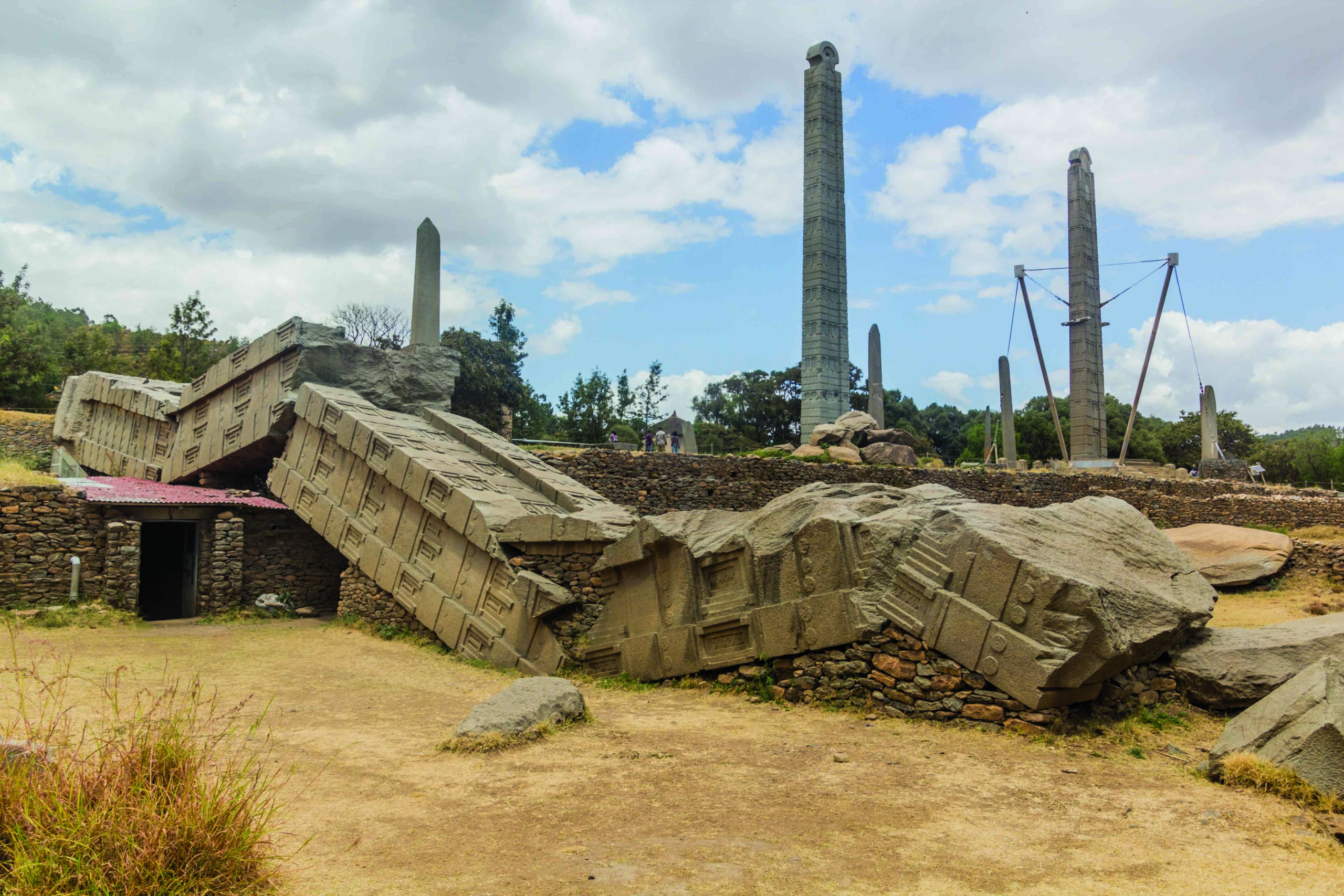WDA LANDSCAPE PARK, POLAND—According to a Live Science report, archaeologists in north-central Poland have discovered an expansive Goth cemetery dating to the fourth century A.D. The first clue to the presence of the cemetery was a cache of silver jewelry including two silver necklaces and beads from a third necklace as well as two silver brooches that were spotted along the Wda River. The site, which lies within the Wda Landscape Park, was investigated by a team of park archaeologists. They excavated 300 square meters of the cemetery and uncovered 50 Goth graves, including both pit graves and cremations in urn burials. Grave goods included pottery, brooches, amber beads, and additional jewelry decorated with snake motifs. In all, the researchers believe the burial ground covers more than 2.5 acres. The Goths were a Germanic people known for sacking Rome in A.D. 410. Goths inhabited northern Poland between the first and fifth centuries A.D., and a large number of Goth burials have been unearthed near the village of Wielbark. To read about the burial of four medieval knights in Poland, go to “Viking Knights, Polish Days.”
Goth Cemetery Unearthed in Poland
News August 23, 2023
Recommended Articles
Top 10 Discoveries of 2020 January/February 2021
Largest Viking DNA Study
Northern Europe and Greenland
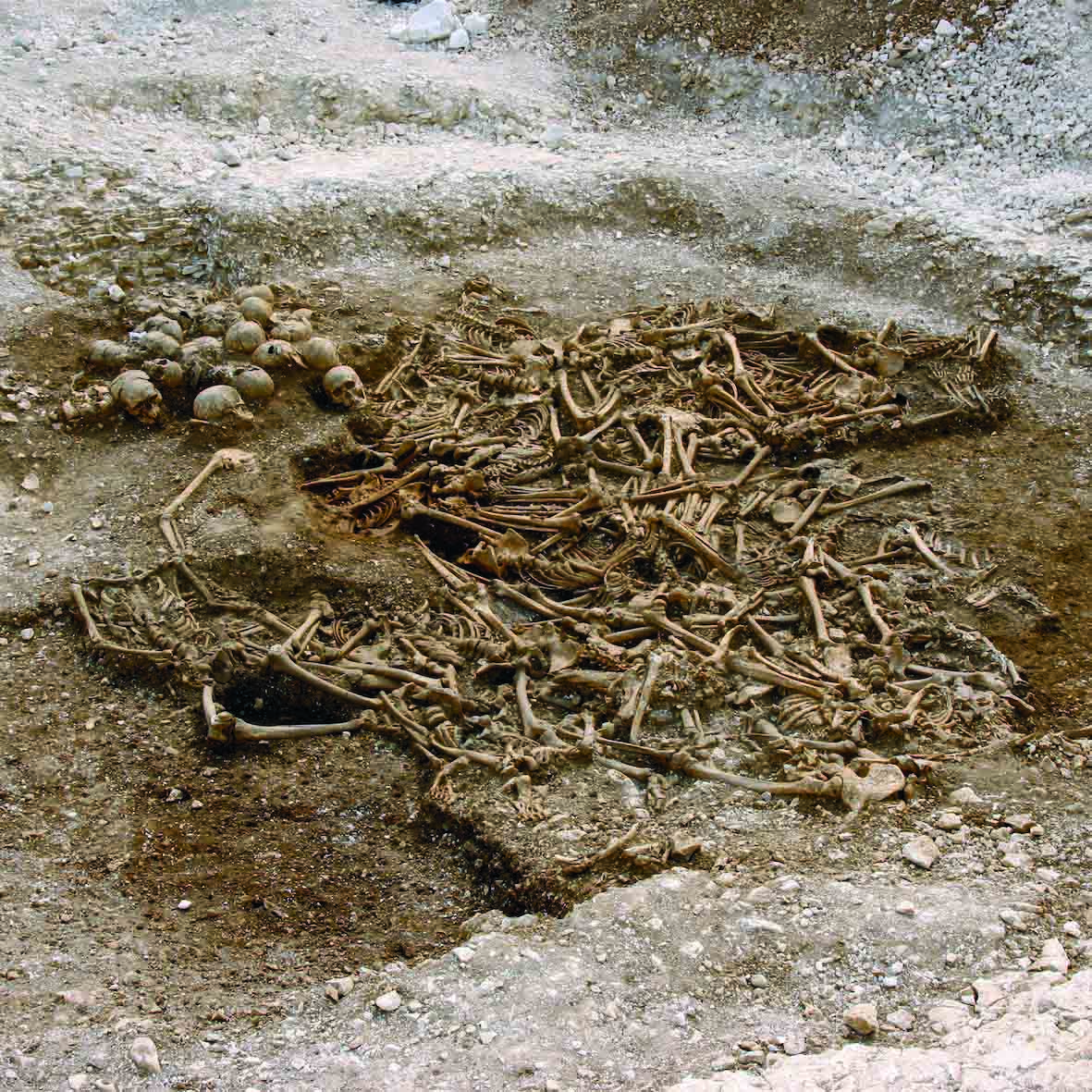
Digs & Discoveries November/December 2020
Honoring the Dead
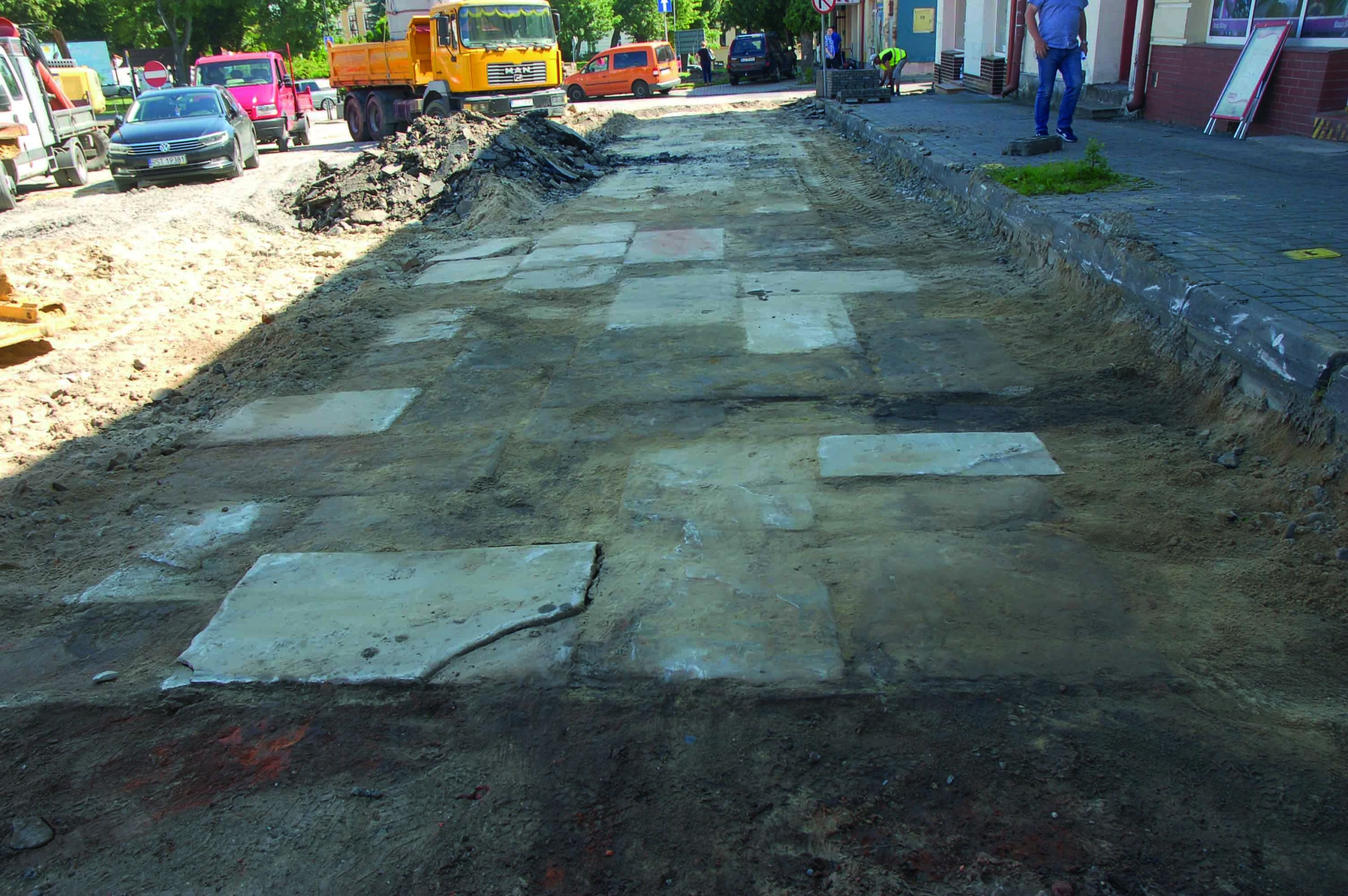
Digs & Discoveries November/December 2020
Piggy Playthings
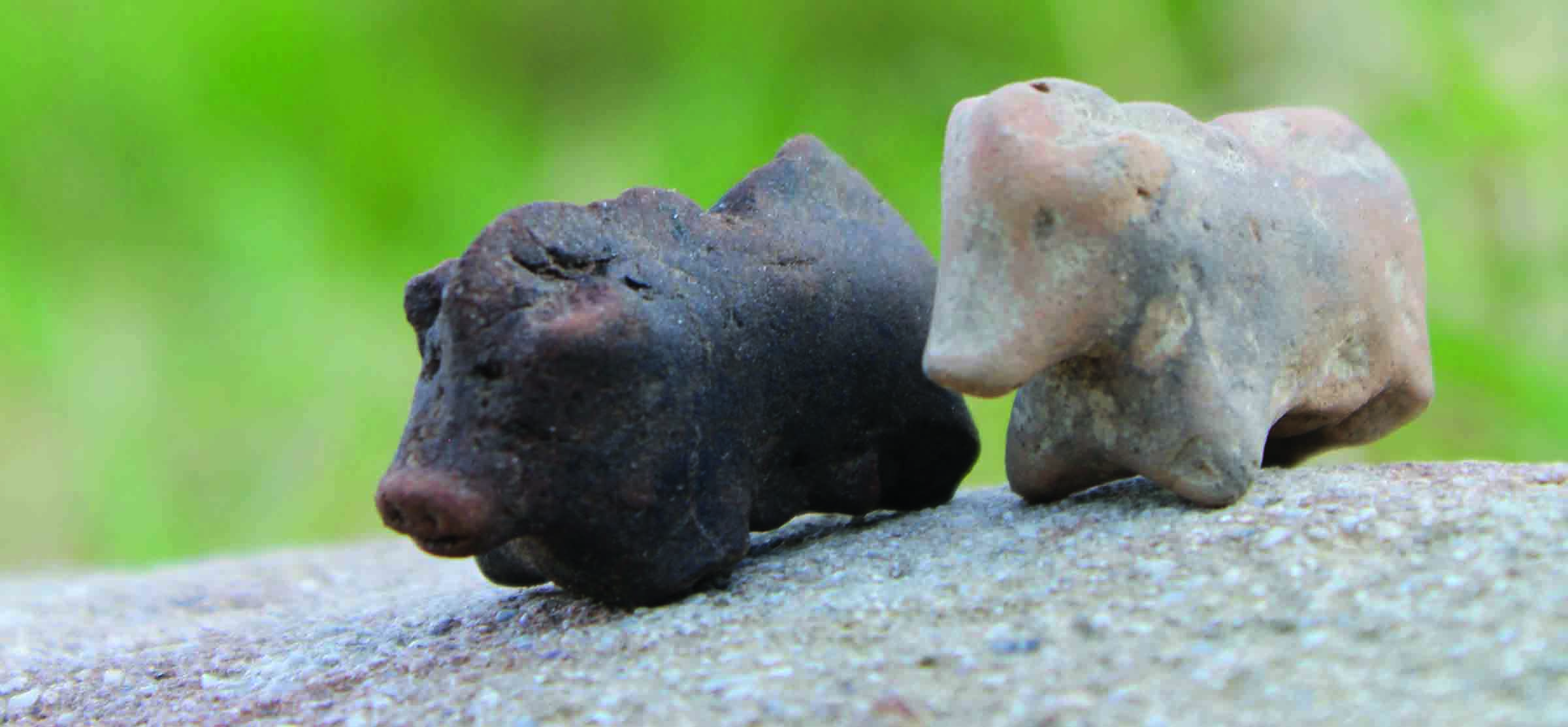
Artifacts May/June 2020
Torah Shield and Pointer
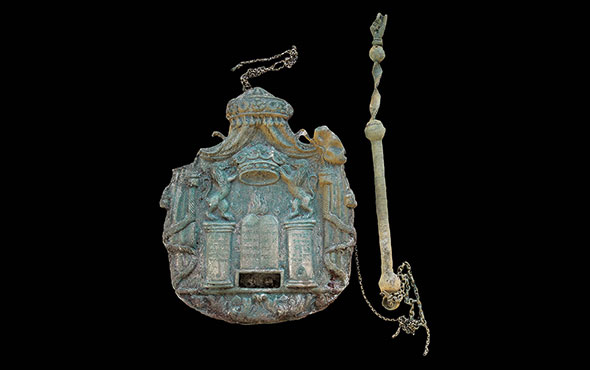
-
Features July/August 2023
An Elegant Enigma
The luxurious possessions of a seventeenth-century woman continue to intrigue researchers a decade after they were retrieved from a shipwreck
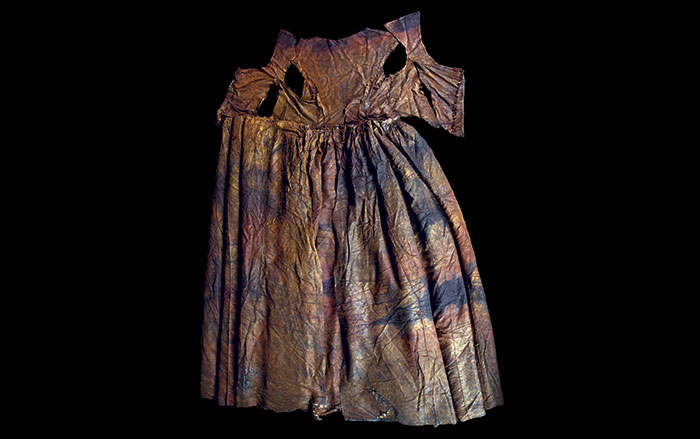 (Courtesy Museum Kaapskil)
(Courtesy Museum Kaapskil) -
Features July/August 2023
Rise of the Persian Princes
In their grand capital Persepolis, Achaemenid rulers expressed their vision of a prosperous, multicultural empire
 (Borna_Mir/ Adobe Stock)
(Borna_Mir/ Adobe Stock) -
Letter from Patagonia July/August 2023
Surviving a Windswept Land
For 13,000 years, hunter-gatherers thrived in some of the world’s harshest environments
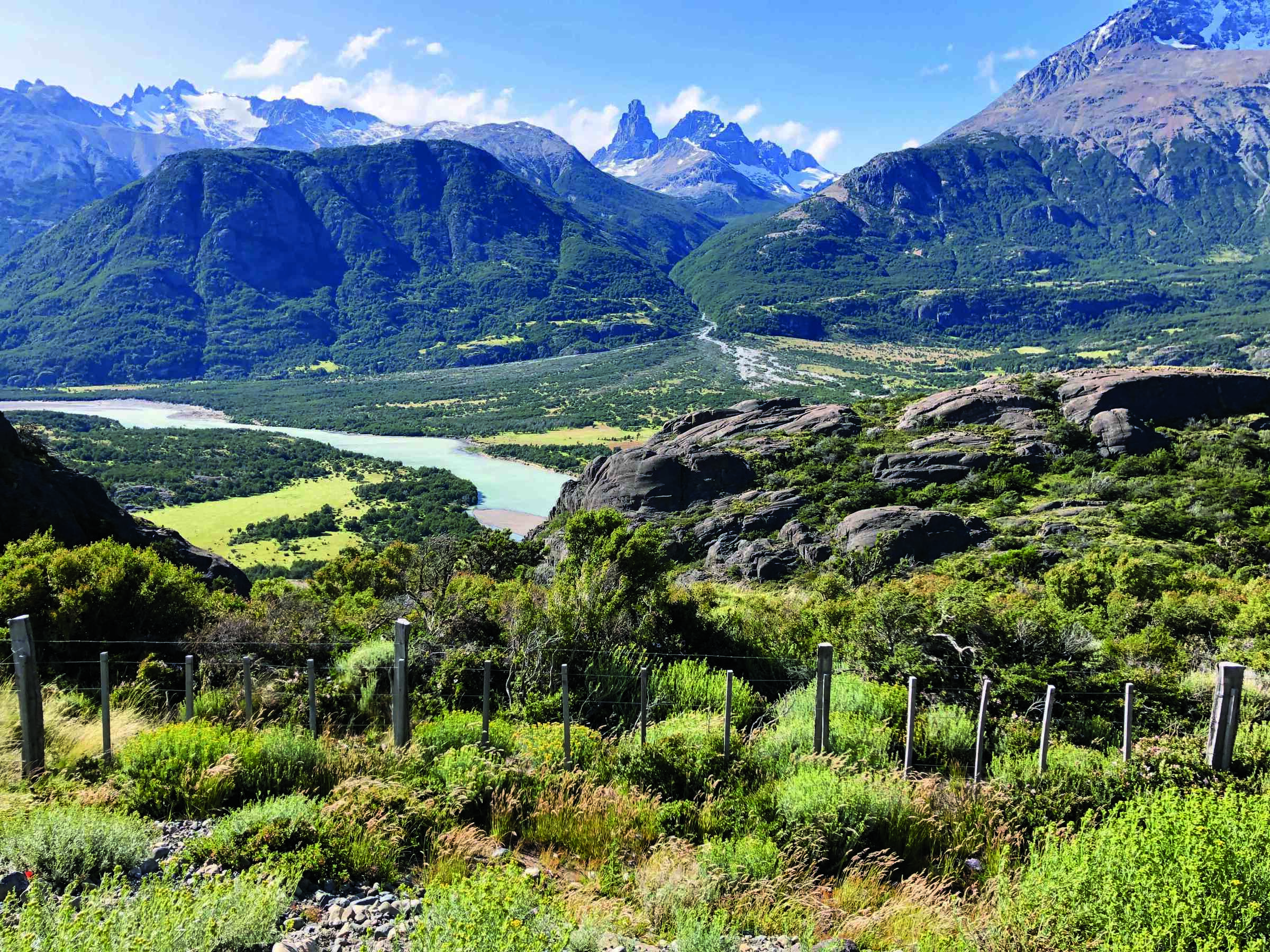 (Courtesy Raven Garvey)
(Courtesy Raven Garvey) -
Artifacts July/August 2023
Norse Gold Bracteate
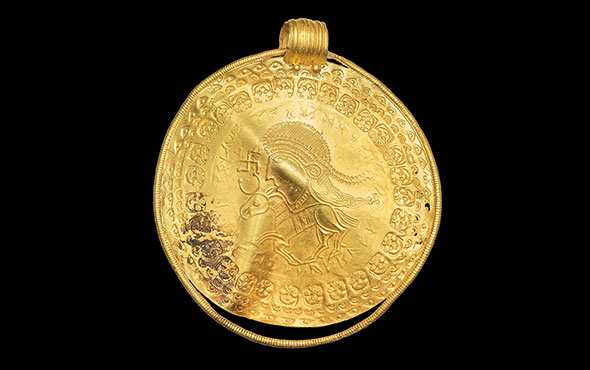 (Arnold Mikkelsen, National Museum of Denmark)
(Arnold Mikkelsen, National Museum of Denmark)


